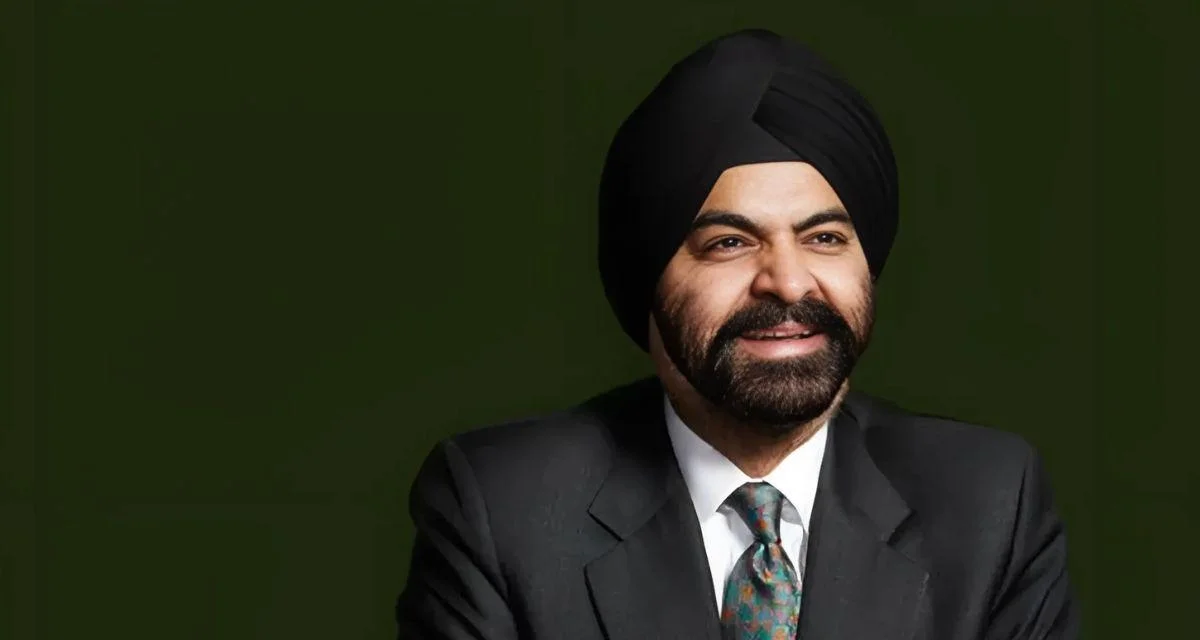From 2011 to 2024, India constructed 1,200 kilometers of new dedicated freight tracks with support from the World Bank. This investment led to a fourfold increase in freight train capacity, higher operational speeds, and a reduction in logistics costs by up to $58 million. The projects also generated about 9 million days of employment and reduced emissions by 55,000 tons of CO2 equivalent in 2024 alone. Projections indicate that by 2042, cumulative emissions reductions could reach 13.19 million tons, representing a 57 percent decrease from pre-project levels in 2010.
In Egypt, around 30 million people have benefited from improved access to sustainable transport infrastructure and services as a result of World Bank-supported initiatives. In Cameroon, upgrades along the Douala–N’Djamena corridor have lowered container shipping costs by over seven percent between 2012 and 2022.
Uzbekistan’s rail investments from 2015 to 2020 improved connectivity for more than 740,000 people. Passenger travel costs dropped by one-third and trip delays fell sharply from 95 percent to just ten percent. Freight costs for key goods were reduced by up to eighty percent.
Serbia’s modernization efforts have cut the fatality rate per train kilometer nearly in half since 2019. In China, national policies and technical standards were developed with World Bank assistance to promote green and efficient freight systems.
Rail logistics is considered essential for economic growth, job creation, and climate action in developing countries. However, challenges such as outdated infrastructure and limited policy frameworks continue to affect progress. The World Bank addresses these issues through an integrated approach that combines infrastructure financing with policy reform and institutional capacity-building across more than twenty countries.
The organization’s support includes constructing and modernizing rail lines and terminals while also promoting regulatory reforms. For example, in Serbia the focus has extended beyond infrastructure financing to include institutional strengthening and environmental concerns like air quality.
Technical assistance is another component of the World Bank’s strategy. The institution works closely with governments on rail logistics strategies through ongoing dialogue and sharing best practices via flagship reports such as Unlocking Green Logistics for Development.
Results show tangible impacts: lower transport costs, improved efficiency, enhanced safety measures, and reduced emissions across several countries. In India specifically, three Eastern Dedicated Freight Corridor (EDFC) projects expanded daily freight train capacity from thirty-two pairs to over one hundred thirty pairs on one section alone. Operational speeds increased significantly; passenger train services on the Khurja–Kanpur section rose from sixty-nine to one hundred twenty-eight daily trips.
Construction activities associated with these projects provided local employment opportunities—villagers near construction sites earned between $20 and $31 per day—and contributed additional income for women working in camp services.
Each kilometer-long EDFC freight train replaces about seventy-two trucks on highways, which reduces congestion and pollution while improving safety. Over the project’s lifetime this shift is expected to save India approximately Rs 4.9 billion ($58 million) in logistics costs and Rs 2.4 billion ($28 million) related to health impacts from pollution.
The Rail Logistics Project launched in India in 2022 aims to further enhance both freight and passenger transport efficiency while reducing greenhouse gas emissions.
In Egypt, two major projects—the Cairo Alexandria Logistics Development Project and the Railway Improvement and Safety for Egypt (RISE) project—have together benefited tens of millions of people through better access to sustainable transport infrastructure as well as improvements in safety along major corridors.
Cameroon’s Multimodal Transport Project modernized key road-rail corridors through investments like upgraded switch points and rehabilitated bridges; this resulted in faster travel times for most users along with lower shipping costs for containers.
Uzbekistan’s Pap–Angren Railway Project connected previously isolated regions with the rest of the country; it directly benefited hundreds of thousands by cutting both passenger fares and freight rates while making service more reliable.
Serbia’s Railway Sector Modernization Project has focused on digital integration alongside physical upgrades; it is expected not only to increase travel speed but also reduce accidents at level crossings involving vehicles or pedestrians by twenty-three percent by 2032.
China’s Green Freight Transport Project helped develop national-level strategies for sustainable logistics based on pilot programs across multiple cities; these informed broader adoption of climate-smart planning within China’s freight sector.
Globally, recent World Bank reports have emphasized strategies such as shifting cargo from road to rail as ways to cut carbon emissions while improving affordability for businesses—a message highlighted through publications like The Role of Rail in Decarbonizing Transport in Developing Countries.
As of July 2025, the World Bank supports fifteen investment projects totaling $4.5 billion focused on railway development worldwide alongside advisory services offered in more than twenty countries. Partnerships play a significant role: collaborations include work with Japan International Cooperation Agency (JICA) on Indian rail corridors as well as joint financing arrangements with organizations like the French Development Agency for Serbian projects.
Looking ahead, the World Bank plans further expansion—its rail portfolio is projected to grow beyond $6 billion over five years—with continued emphasis on increasing rail's share of freight movement while mobilizing climate finance solutions for low-carbon development.

